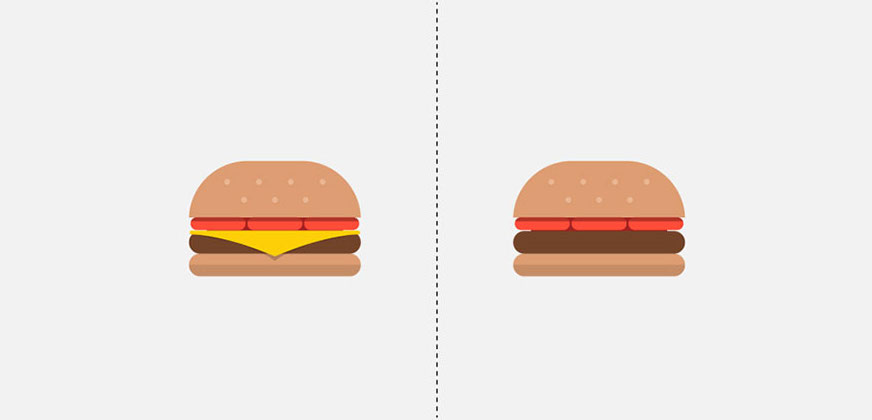A few weeks ago I shared something with my friends and family on Facebook that got quite a reaction. It was an article entitled McDouble is ‘cheapest and most nutritious food in human history’ [1].
The originator of the claim, Stephen Dubner, who co-authored the best-selling book Freakonomics went on to say:
The double cheeseburger provides 390 calories, 23 grams of protein – half a daily serving – seven per cent of daily fibre, 19 grams of fat and 20 per cent of daily calcium, all for between $1 and $2, or 65p and £1.30.
Kyle Smith, a New York Post columnist, agreed:
“For the average poor person, it isn’t a great option to take a trip to the farmers market to puzzle over esoteric lefty-foodie codes”, Mr Smith wrote.
“Facts are facts – where else but McDonald’s can poor people obtain so many calories per dollar?”
It was a ridiculous claim, a controversial one at best and yet one that the data showed to be true. It got me thinking about what Return on Investment (ROI) and how we model it to help better decision making.
ROI measures the amount of return on an investment relative to the investment’s cost.
[2]
In the example above the McDouble returns the highest number of calories per dollar. To phrase it in a way that the ‘business’ might describe a potential solution, it “delivers the biggest bang for the buck”. http://idioms.thefreedictionary.com/bang+for+the+buck
As a Business Analyst I strongly believe that it’s my job to table options to my stakeholders and to back up the options with data, modelled in a way that helps them make informed decisions. I know many will find that difficult, stating that it’s not the role of the BA to provide solutions, but I’m not actually suggesting that here (although for the record I disagree – that’s a different blog post). What I’m suggesting here is that however ridiculous or unpalatable the solutions suggested are, it’s the role of the BA to model benefits and potential outputs to aid stakeholders in making a decision.
Lean tells us we should validate a hypothesis with the minimum amount of effort, this sounds like the “maximum amount of calories for the dollar to me”.
In Agile delivery we would say that an MVP can be defined as the least amount of work we can do to in/validate the hypothesis.
Modeling options is the the best way to ensure that you’re helping stakeholders make informed decisions (and gives them the ability to defend themselves when they get caught eating a burger!)
[1] Daniel Johnson. Jul 30, 2013. “McDouble is ‘cheapest and most nutritious food in human history'” [online]. The Telegraph[2] 2014. “Return On Investment – ROI” [online]. investopedia.com
